- An HMO (or health maintenance organization) is usually the lowest-cost alternative. As a result, enrollees are limited to doctors and treatment facilities within a limited “network.” These plans usually have no deductibles. Enrollees are required to make copayments when seeing a physician.
- A PPO (or preferred provider organization) allows enrollees greater flexibility. Enrollees can see doctors in or out of the PPO’s established network of providers. Deductibles usually apply and co-payments are required. A visit to an out-of-network doctor will trigger an additional charge.
- A traditional indemnity plan is usually the most expensive, as it typically gives enrollees the greatest number of choices in choosing doctors and facilities. But the deductibles can be high and the insurance company may impose higher out-of-pocket maximums.
Choices for the Self-Employed
If you are self-employed, you can comparison shop among the insurance providers licensed to do business in your state. It is a good idea to get as many estimates as you can because coverage and premiums vary significantly. Be sure you are comparing apples to apples: You want cost breakdowns for coverage with similar deductibles, copayments, prescription benefits, and physician access.
Beyond Standard Insurance
As you can see, even the best plan probably won’t provide 100% coverage for you or your family. If your employer allows, you can also fund a flexible spending account (FSA) or health savings account (HSA). An FSA, which is an employee benefit typically funded through payroll deduction, allows you to set aside pre-tax dollars to use toward copayments, out-of-network coverage, or other medical expenses. The drawbacks of an FSA: The maximum you can contribute is low and any funds not used during a calendar year may be forfeited. An HSA, available to those enrolled in a high-deductible plan, has a higher annual contribution limit and no “use-it-or-lose-it” rules.
If you feel you need more coverage and can afford it, you can also buy supplemental health insurance. The three most common types are disease specific, accidental death or dismemberment, and hospital indemnity. Again, be sure to comparison shop before purchasing.
Because of the possibility of human or mechanical error by Wealth Management Systems Inc. or its sources, neither Wealth Management Systems Inc. nor its sources guarantees the accuracy, adequacy, completeness or availability of any information and is not responsible for any errors or omissions or for the results obtained from the use of such information. In no event shall Wealth Management Systems Inc. be liable for any indirect, special or consequential damages in connection with subscriber’s or others’ use of the content. Copyright – 2014 Wealth Management Systems Inc. All rights reserved.







